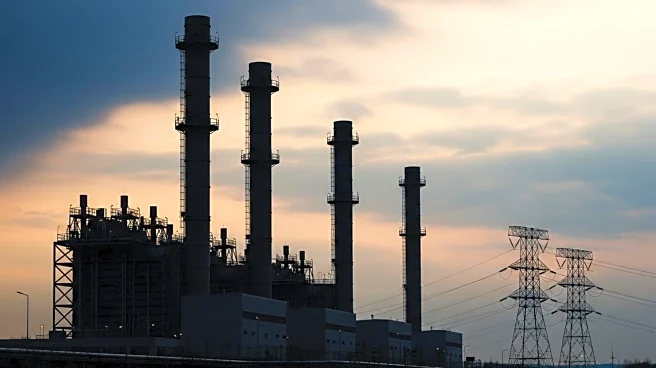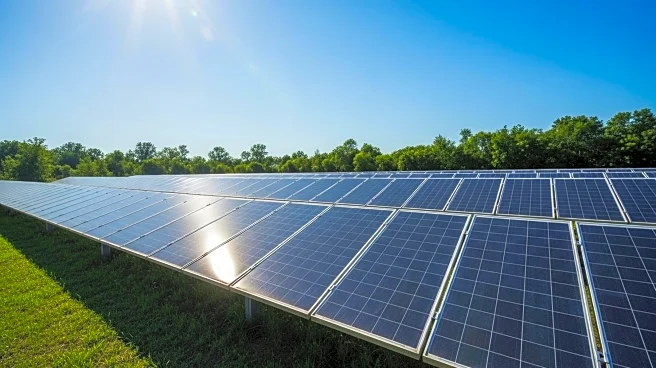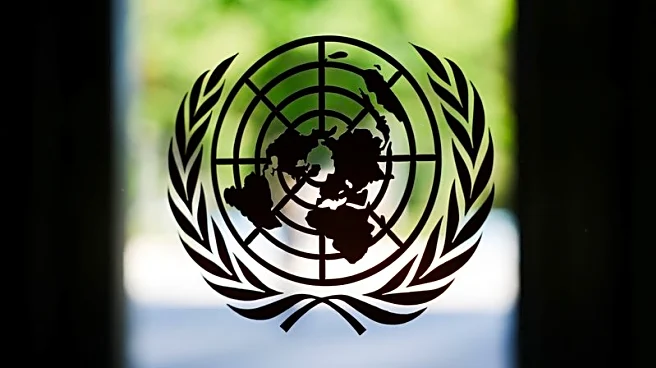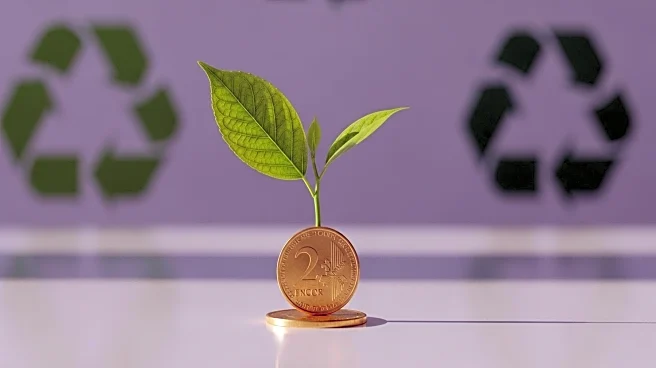What is the story about?
What's Happening?
A report by the Sierra Club reveals that utilities across the United States are planning a significant increase in gas-fired power plants through 2035, with proposals for 118 GW of new gas capacity. This expansion is more than double the amount planned in the first report and 27% more than last year's reported amount. The report, titled 'The Dirty Truth,' indicates that about 20% of utilities have backtracked on their climate commitments, opting to add natural gas resources or continue burning coal. Despite these trends, some utilities, like Xcel Energy, remain committed to reducing carbon emissions by 80% by 2030. The Sierra Club argues that utilities can meet new load demands without expanding gas usage by leveraging energy efficiency solutions, increased transmission, demand side management, renewables, and storage.
Why It's Important?
The expansion of gas-fired power plants poses significant implications for the U.S. energy sector and climate policy. The Sierra Club's findings suggest a regression in the clean energy transition, potentially increasing costs for consumers and impacting environmental goals. Utilities' reliance on fossil fuels could hinder efforts to reduce carbon emissions and combat climate change. The report highlights the need for utilities to adopt more sustainable practices and fulfill their climate commitments. The shift towards gas could also affect the economic landscape, as investments in renewable energy and efficiency solutions may be sidelined.
What's Next?
Utilities are expected to face increased scrutiny from environmental groups and stakeholders demanding accountability for climate commitments. The Sierra Club's report may prompt calls for regulatory changes to ensure utilities adhere to clean energy goals. As demand for electricity rises, utilities will need to balance expansion with sustainable practices. The report suggests that utilities should focus on developing concrete strategies to meet their climate targets, potentially leading to increased investment in renewables and energy efficiency technologies.
AI Generated Content
Do you find this article useful?















